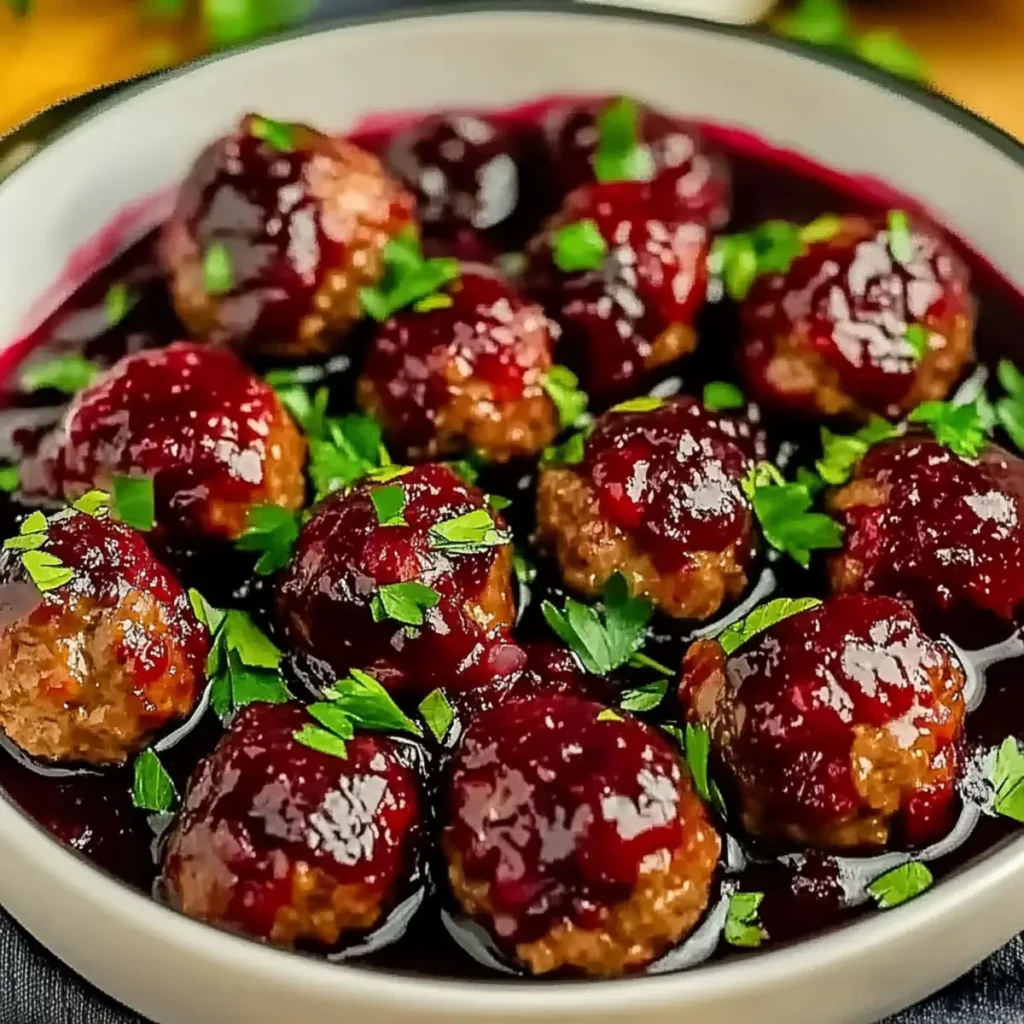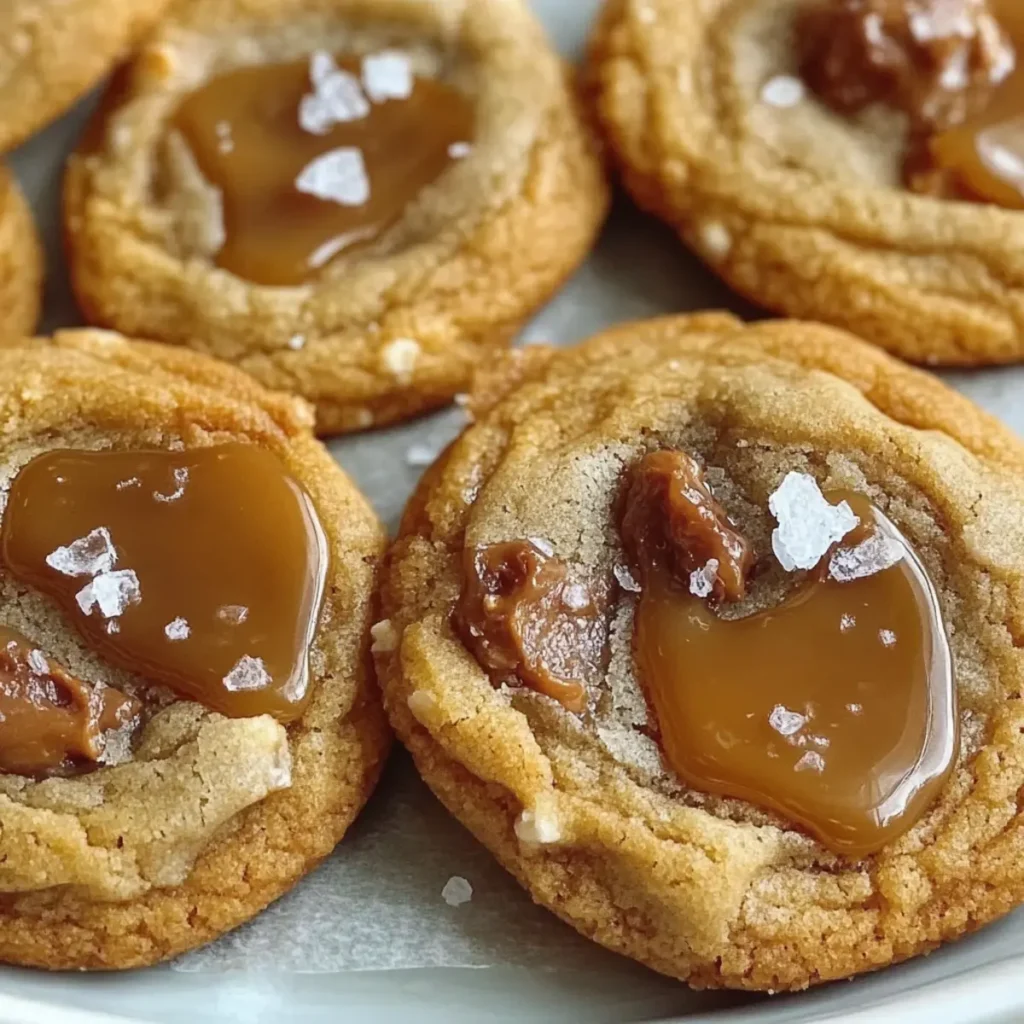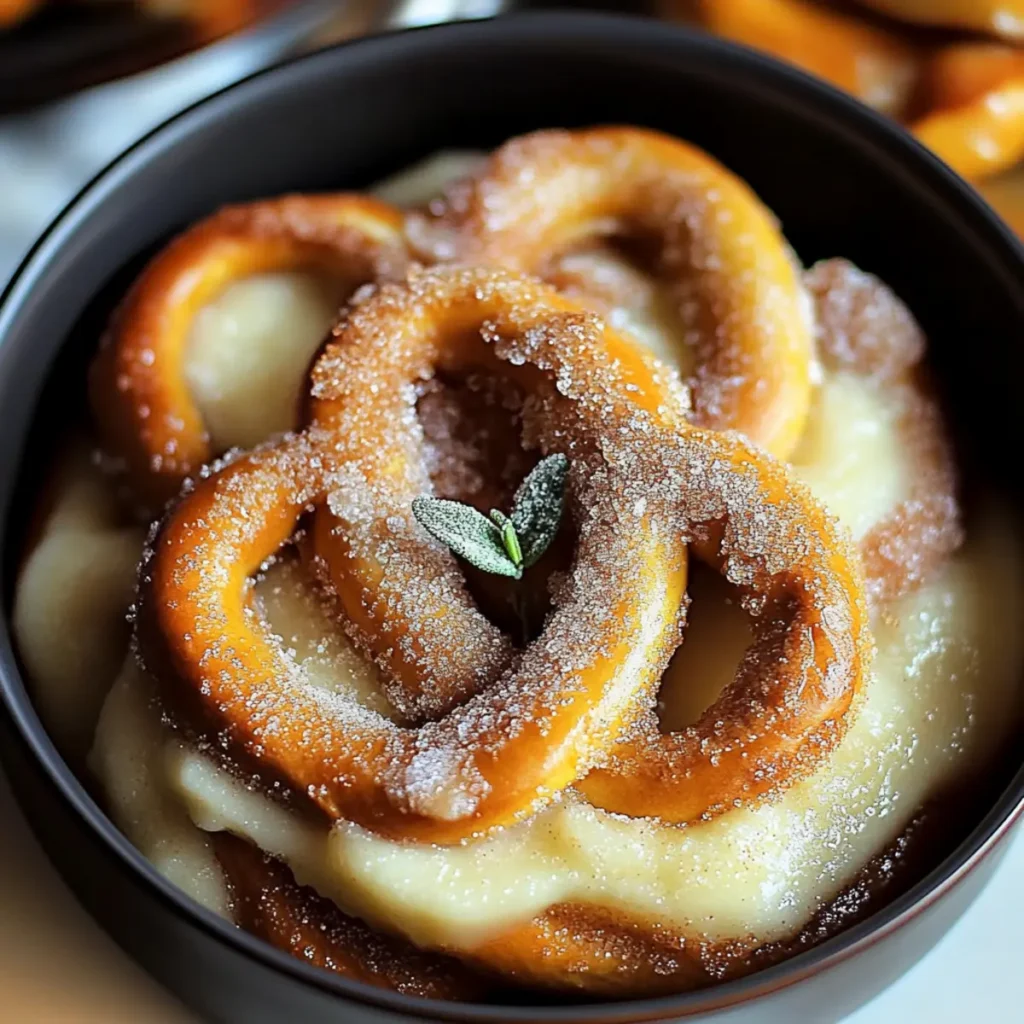Fricassee cake, a term that conjures images of a savory dish, is in fact a sweet and tantalizing dessert with roots in North Africa, particularly Tunisia. Known locally as “fricassé,” this culinary gem has traversed borders, evolving into various forms worldwide. Its journey from a regional specialty to a global dessert highlights the adaptability and appeal of this unique treat.
Understanding the Unique Texture of Fricassee Cake
The unique texture of fricassee cake sets it apart in the world of desserts. This delightful treat, known for its light and airy consistency, owes its distinctive character to a combination of traditional techniques and quality ingredients. As you delve into fricassee cake recipes, one can’t help but notice the meticulous process that goes into creating this culinary masterpiece.
Key factors contributing to its texture include:
- Yeast Dough: The foundation of fricassee cake lies in its yeast-based dough. Unlike other cakes, the use of yeast in fricasse cake recipes allows the dough to rise significantly, creating a soft, fluffy texture that is both light and satisfying.
- Deep-Frying Method: Unlike the typical baking process, fricassee cake is traditionally deep-fried. This cooking technique is crucial as it imparts a unique lightness to the cake, preventing it from becoming too dense or dry, which is often a risk with baked cakes.
- Syrup or Glaze Infusion: After frying, fricassee cakes are often soaked in a sweet syrup or glaze. This step not only adds moisture but also enhances the overall flavor profile of the cake, contributing to its irresistible texture.
Understanding these elements is essential for anyone looking to master fricassee cake recipes. Each step, from the yeast dough preparation to the deep-frying and glazing, plays a pivotal role in achieving the signature texture that fricasse cake is celebrated for.
Expert Tips for Making Fricassee Cake
Creating the perfect fricassee cake is an art that combines traditional techniques with culinary expertise. Here are some expert tips to help you excel in making this delightful dessert:
- Choose High-Quality Ingredients: The foundation of a great fricassee cake lies in its ingredients. Opt for fresh, high-quality fruits, premium spices, and the best quality oil for frying. Moreover, the quality of these ingredients significantly impacts the final taste and texture of the cake.
- Perfect the Frying Technique: Frying is a critical step in making fricassee cake. It’s important to avoid overcrowding the pan, as this can lower the oil’s temperature, leading to a soggy cake. Maintaining a consistent frying temperature ensures that each piece is perfectly cooked, achieving that signature light and fluffy texture.
- Monitor Cooking Time Closely: Fricassee cakes cook quickly, so vigilance is key. Overcooking can lead to a dry or tough texture. Aim for a golden-brown color and a light, fluffy texture to ensure perfection.
- Infuse Flavors with Syrup or Glaze: After frying, soaking the cake in syrup or glaze is essential. This step should not be rushed; allowing the cake to absorb these flavors results in a moist and more delicious cake. Patience during this stage pays off in the form of a richly flavored dessert.
- Experiment with Fillings: Fricassee cake offers a versatile canvas for both sweet and savory fillings. Don’t hesitate to experiment with different combinations to find your perfect match.
For more inspiration and detailed recipes, check out these resources:
- Learn about the traditional Tunisian fricassee and its variations at Afooda.
Flavors that Dance on the Palate: Variations of Fricassee Cake
The versatility of fricasee cake lies in its ability to embrace a wide array of flavors, making each version a unique culinary experience. Whether you prefer the traditional sweetness or a savory twist, there’s a fricasee cake variation that will tantalize your taste buds. Here are some popular takes on this delightful dessert:
- Fruit-Infused Sweetness: A classic approach to cake fricassee is to incorporate fruits. Imagine biting into a soft, fluffy cake filled with the sweet goodness of apricots, dates, or apples. These fruit-filled variations often include additional flavor enhancers like honey, orange blossom water, or a hint of cinnamon, creating a symphony of sweet flavors.
- Savory Delights: For those who lean towards savory flavors, some fricasee cake recipes include fillings like chicken, lamb, or even seafood. These savory versions are often enriched with vegetables, onions, peppers, and a mix of herbs, offering a delightful contrast to the sweet versions.
- Simple and Elegant: Sometimes, the beauty of fricasee cake lies in its simplicity. Some recipes focus on the plain dough, lightly sweetened, allowing the natural flavors to shine. In these variations, the emphasis is often on the syrup or glaze, which adds a subtle sweetness and moisture to the cake.
Each variation of fricasee cake offers a unique taste experience, showcasing the adaptability of this beloved dessert. Whether you’re a fan of sweet or savory, or somewhere in between, the world of cake fricassee has something special for everyone.
Step-by-Step Guide to Classic Fricassee Cake
Creating a classic fricassee cake is a delightful culinary adventure. Here’s a step-by-step guide to help you craft this exquisite dessert:
- Prepare the Yeast Dough:
- Begin by mixing yeast with warm water and a pinch of sugar, allowing it to activate.
- In a separate bowl, combine flour, a little salt, and the yeast mixture to form a dough.
- Knead the dough until smooth and elastic, then let it rest until it doubles in size.
- Shape and Fry the Dough:
- Once the dough has risen, divide it into small balls.
- Flatten each ball slightly and fry them in hot oil until golden brown.
- Ensure the oil is not too hot to prevent the outside from burning before the inside cooks.
- Prepare the Syrup or Glaze:
- In a saucepan, combine sugar, water, and a flavoring agent like vanilla or lemon zest.
- Bring the mixture to a boil and then simmer until it thickens into a syrup.
- Optionally, you can add spices like cinnamon or nutmeg for extra flavor.
- Soak the Fried Cakes:
- Once the cakes are fried, immediately soak them in the prepared syrup.
- Let them absorb the syrup for a few minutes, turning them occasionally for even coating.
- Serve and Enjoy:
- Serve the fricassee cakes warm or at room temperature.
- They can be garnished with powdered sugar, fresh fruits, or a dollop of cream for an extra touch of indulgence.
For more delicious dessert ideas and baking tips, explore the Yummyolk recipes, where you’ll find a treasure trove of recipes and culinary inspirations.
Innovative Fricassee Cake Recipes to Try at Home
Fricassee cake, with its versatile nature, offers a canvas for culinary creativity. Here are some innovative fricassee cake recipes that you can try at home, each bringing a unique twist to this classic dessert:
- Chocolate and Nut Fricassee Cake:
- Elevate the traditional recipe by adding cocoa powder to the dough.
- Incorporate chopped nuts like almonds or walnuts for a crunchy texture.
- Serve with a chocolate glaze or dust with powdered sugar for a sweet finish.
- Savory Spinach and Feta Fricassee Cake:
- For a savory version, mix chopped spinach and crumbled feta cheese into the dough.
- Add herbs like dill or parsley for an aromatic touch.
- Serve as an appetizer or a light meal, paired with a tangy yogurt dip.
- Fruit Explosion Fricassee Cake:
- Stuff the dough with a mixture of your favorite fruits, such as berries, diced apples, or peaches.
- Add a hint of citrus zest to the dough for a refreshing flavor.
- Drizzle with a simple icing or serve with a scoop of vanilla ice cream.
- Spiced Pumpkin Fricassee Cake:
- Incorporate pumpkin puree and warm spices like cinnamon and nutmeg into the dough.
- This autumn-inspired version is perfect for cozy evenings.
- Top with a cream cheese glaze for an extra layer of decadence.
- Coffee-Infused Mocha Fricassee Cake:
- Add espresso powder to the dough for a coffee kick.
- Pair with a mocha glaze or chocolate chips for a café-style treat.
- Ideal for a brunch or as an afternoon pick-me-up.
These innovative fricassee cake recipes are just the beginning. Feel free to experiment with different flavors and fillings to create your own unique version of this delightful dessert.
Fricassee Cake in Different Cultures
Fricassee cake, a versatile and beloved dessert, has made its way into various cultures around the world, each adding its unique twist to this classic treat. Here’s a glimpse into how different cultures have embraced and adapted fricassee cake:
Tunisian Fricassee:
In Tunisia, where the fricassee cake has its roots, it’s often a savory treat. The Tunisian version, known as “fricassé,” is a small fried bread filled with tuna, capers, and harissa, reflecting the local flavors and ingredients.
French Fricassee Cake:
In France, fricassee refers more to a method of cooking, typically involving meat, rather than a cake. Furthermore, the influence of North African cuisine has introduced sweet fricassee cakes in some regions, often filled with fruits and dusted with powdered sugar.
Caribbean Adaptations:
In the Caribbean, fricassee cake takes a tropical turn. Here, you might find the cakes filled with local fruits like mangoes or pineapples, often infused with rum or coconut flavors, showcasing the region’s abundant natural produce.
American Variations:
In the United States, fricassee cake is a relatively new concept, often explored in gourmet and fusion cuisine. Furthermore, american versions might include innovative fillings like chocolate, berries, or even savory versions with cheese and herbs.
Middle Eastern Influences:
In Middle Eastern countries, similar fried cakes exist, often sweetened with honey or syrups infused with rose water or orange blossom. These versions might include fillings or toppings of nuts like pistachios or almonds, embracing the region’s love for rich, nutty flavors.
Mediterranean Touches:
Around the Mediterranean, fricassee cakes are often lighter and citrus-infused, reflecting the region’s preference for fresh, zesty flavors. Ingredients like olives, sun-dried tomatoes, and feta cheese are common in savory versions.
Asian Fusion:
In some Asian countries, fricassee cake has been adapted using local ingredients like coconut milk, pandan, or red bean paste for the fillings, offering a delightful blend of traditional Asian flavors with this Western dessert.
Each culture’s take on fricassee cake not only reflects their culinary traditions and available ingredients but also shows the versatility and adaptability of this beloved dish. From sweet to savory, simple to elaborate, fricassee cake’s journey across cultures is a testament to its universal appeal.
Frequently Asked Questions About Fricassee Cake
What does fricassee mean in cooking?
In cooking, fricassee refers to a method of preparing food, typically meat, by first sautéing it lightly in butter or oil, and then stewing it slowly in a sauce. The sauce is often made with the cooking liquid, which is thickened and seasoned. This technique results in tender meat with a flavorful, creamy sauce. Fricassee is a classic in French cuisine and is known for its simplicity and elegance.
What is the difference between sauté and fricassee?
The main difference between sautéing and fricasseeing lies in the cooking process and the texture of the final dish:
- Sauté: This is a quick cooking method where ingredients, often cut into small pieces, are cooked rapidly in a small amount of oil or butter over relatively high heat. The goal is to brown the outside while keeping the inside moist and tender. Sautéing is often used for vegetables, thin meat cuts, or seafood.
- Fricassee: This method involves first lightly sautéing the ingredients, typically larger cuts of meat, and then slowly stewing them in a sauce, often with added liquid like broth or wine. The slow cooking process results in tender meat and a flavorful, thickened sauce. Fricassee is more about gentle simmering and stewing than the quick, high-heat cooking of sautéing.
Where did the fricassee sandwich come from?
The fricassee sandwich, particularly the Tunisian version, originated in Tunisia, North Africa. It’s a popular street food item and is distinct from the French fricassee cooking method. The Tunisian fricassee sandwich typically consists of a small fried bun filled with various ingredients like tuna, boiled egg, olives, capers, and harissa. It’s known for its unique combination of flavors and textures.
What’s the difference between stew and fricassee?
While both stew and fricassee involve slow cooking in liquid, there are some key differences:
- Stew: In a stew, ingredients (usually meat and vegetables) are completely submerged in a liquid and cooked at a low temperature for an extended period. This method is great for tougher cuts of meat, as the long cooking time helps break down tough fibers, making them tender.
- Fricassee: Fricassee is a type of stew, but it typically starts with a light sauté of the meat before adding liquid and other ingredients. The sauce in a fricassee is often lighter and more refined, sometimes thickened with cream or egg yolks. Fricassee focuses more on poultry or rabbit and aims for a delicate balance of flavors in the sauce.
For a deeper dive into the Tunisian origins of fricassee cake, visit Afooda, where you can learn about its traditional preparation and variations.





